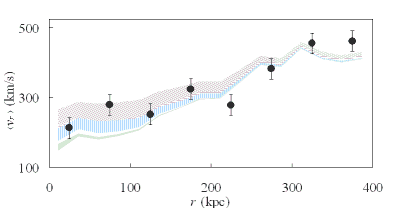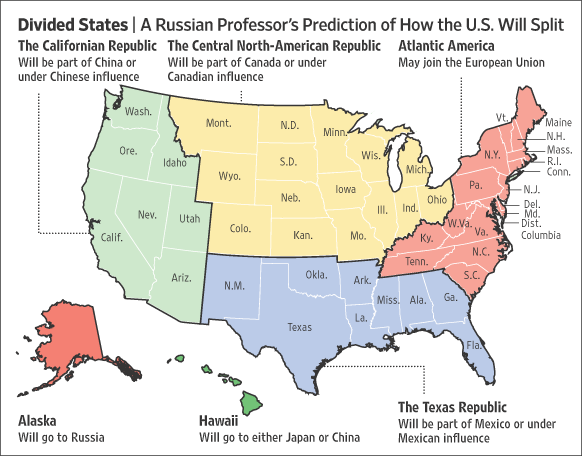Watch out, you are being cheated.
Chances are you receive many offers like I do, from credit card companies offering incredibly low interest rates, no fine print, no questions asked, often not even a transaction fee. It makes sense to put these offers to good use, does it not? Or perhaps there is a subtle catch?
Indeed. And subtle it is, not very easy to explain. Let me try to use an example with numbers.
Suppose you have a VISA card and you spend $1,000 on it every month, but you’re like I am, and pay it off at the end of every month. So you don’t even care that the interest rate is high, say, 18.5%, since you never pay any interest (much to the regret of your friendly neighborhood credit card company.) But then comes this hard-to-ignore offer: you can pay off another debt at the low-low interest rate of just 2.99%!
So you do that, pay off a $10,000 debt using your VISA card, figuring that you’d do like before, and pay your $1,000 plus any accrued interest in order to keep your card in good standing. Meanwhile, you ignore the small print that says, in part, that “if you have low rate offers, which apply to a portion of your overall cash advance balance, then your payments are applied to these low rate offer balances first”. Yet this text is critical.
For here is what happens. At the end of your first month, you’ll be owing $11,024.58 to the credit card company: $10,000 was the loan amount, $1,000 is your monthly expenses, and $24.58 is the “low low rate” interest on the $10,000. So you send the credit card company a check for $1,024.58.
The next month, you find that you owe the company $11,036.37. Of this,$22.12 was interest on your low interest loan amount of $9,000 (!), while the rest is your present month’s spending of $1,000 along with high-rate interest at $14.25 on last month’s spending of $1,000. In subsequent months, things get worse: every time you send $1,000 to your credit card company, instead of being applied against your current month’s expenses, it is used to reduce the low-interest debt. In the sixth month, you’d be paying them $1,085.22: $1,000 is what you usually pay, last month’s spending that is, $11.94 is the interest on your preferred loan (now only $4,855.50), while $73.29 is interest on your accumulated high-interest balance of $5,144.50!
Whoa! On average, you will have paid interest at the rate of 6.66%, which is well over twice the advertised rate!
If your monthly spending is higher, things get even worse: at $1,500 a month, your effective interest rate will have increased to 8.53%. Not a very good deal, is it.
The only way to take advantage of a special offer of this kind is with a credit card on which you have no unpaid balance and which you are not using for any other purpose until the loan is repaid. Otherwise, you’ll be paying through your nose.
Here’s a little calculation with Microsoft Excel that demonstrates the six-month payment schedule:
| Preferred rate: |
2.99% |
|
|
| Regular rate: |
18.50% |
|
|
| Loan amount: |
$10,000.00 |
|
|
| Monthly spending: |
$1,000.00 |
|
|
| |
|
|
|
|
Low-interest
balance |
Interest |
High-interest
balance |
Interest |
Monthly
payment |
| $10,000.00 |
$24.58 |
$1,000.00 |
$0.00 |
-$1,024.58 |
| $9,000.00 |
$22.12 |
$2,000.00 |
$14.25 |
-$1,036.37 |
| $7,985.75 |
$19.63 |
$3,014.25 |
$28.69 |
-$1,048.32 |
| $6,957.06 |
$17.10 |
$4,042.94 |
$43.35 |
-$1,060.45 |
| $5,913.71 |
$14.54 |
$5,086.29 |
$58.21 |
-$1,072.75 |
| $4,855.50 |
$11.94 |
$6,144.50 |
$73.29 |
-$1,085.22 |
| |
|
Effective rate: |
6.66%
|



